Portable range hoods, such as Ciarra’s Hood To Go, offer great convenience for cooking in small spaces, indoors or outdoors. However, to keep them functioning optimally, they require regular cleaning and maintenance. Proper care helps maintain efficiency, prevents odors, and extends the lifespan of the unit. In this guide, we’ll walk you through the steps to clean both the body of the range hood and its key components, including cleanable filters, replaceable carbon filters, and the grease storage tank.

How to Maintain and Clean a Portable Range Hood
Two Main Parts to Clean: The Range Hood Body and Filters
The cleaning process for a portable range hood involves two main areas: the hood body and the filters. Below are detailed steps for cleaning each part, along with specific tips for different filter types.
1. Cleaning the Hood Body (Outer Surface)
The exterior of your portable range hood collects grease, dust, and fingerprints over time. Keeping it clean helps maintain its sleek look and ensures the unit works efficiently.
Using a microfiber cloth or soft rag, clean the outer surface with warm water and a few drops of dish soap. After cleaning, wipe the unit dry with a clean cloth to avoid water spots.
Tip: Some range hoods, like the Ciarra Hood To Go, come with an anti-fingerprint matte finish that resists smudges, but it’s still important to wipe it regularly to avoid buildup.
2. Cleaning the Filters- How to Clean the Kitchen Hood Filter?
Your portable range hood typically has two types of filters: washable filters and replaceable carbon filters. Regular cleaning of the filters is key to ensuring your range hood operates effectively.
A. Cleaning the Washable Filters (Grease Filters)
Washable filters trap grease, smoke, and odors, so they must be cleaned regularly to maintain airflow.
Steps to Clean Washable Filters:
- Remove the Filters: Carefully remove the grease filters from the range hood. These are typically metal or mesh filters.
- Soak the Filters: Fill a basin with warm water and dish soap, and soak the filters for about 15–30 minutes. For stubborn grease buildup, sprinkle a bit of baking soda on the filters for extra grease-fighting power.
- Scrub the Filters: After soaking, use a soft brush or toothbrush to scrub any remaining grease or residue. Be gentle to avoid damaging the filters.
- Rinse and Dry: Rinse the filters thoroughly with warm water to remove soap and grease. Let them dry completely before reattaching them to the range hood.

B. Replacing the Carbon Filters
Carbon filters are designed to absorb odors and should be replaced periodically, depending on usage.
Steps for Replacing Carbon Filters:
- Remove the Old Carbon Filter: Carbon filters are usually located behind the grease filters. Follow the manufacturer’s instructions to remove the used filter.
- Replace with a New Carbon Filter: Purchase a compatible replacement carbon filter for your specific range hood model. Insert the new filter into the filter compartment, ensuring it fits securely.
- Dispose of the Old Filter: Discard the used carbon filter responsibly.
- How Often to Replace Carbon Filters: Carbon filters should generally be replaced every 3–6 months or after every 100 hours of cooking. If you notice lingering odors, it's time for a replacement.

Why is it Necessary to Clean Vent Hood Filters?
- Maintains Efficiency: Over time, grease, smoke, and odors can build up on the filters, making your range hood less effective at clearing the air.
- Prevents Clogs: Dirty filters and exhaust fans can lead to poor airflow or blockages, reducing the performance of the unit.
- Extends Lifespan: Regular cleaning helps prevent motor overheating, protects sensitive components, and ensures your range hood lasts longer.
- Keeps Your Kitchen Fresh: A clean hood reduces cooking smells and keeps your kitchen odor-free.
Tips to Maintain a Portable Range Hood
1. Ensure the Filter is Properly Installed
After cleaning the filters, always double-check that they are correctly reinstalled. Misaligned or improperly placed filters will affect the range hood’s ability to capture smoke and grease efficiently. Make sure they fit securely in their designated slots.
2. Check and Empty the Grease Storage Tank
If your portable range hood has a grease storage tank, make sure to empty it regularly. A full or clogged grease tank can cause the hood to lose suction power and affect its efficiency. Depending on how often you cook, the grease tank should be emptied every few weeks or once a month.
3. Keep the Power Cord and Plug Dry
Since portable range hoods are often moved around, ensure that the power cord and plug remain dry at all times. Moisture or food residue on the cord can create safety hazards or damage the unit. Clean the cord with a dry cloth after each use.
4. Store Properly When Not in Use
If you don’t use your portable range hood regularly, store it properly to protect it from dust and grime. Store it in a clean, dry place, and consider covering it with a dust bag or cloth to keep it in good condition.
5. Avoid Overheating
Don’t run your range hood at full speed for extended periods. This will prevent overheating and prolong its lifespan.
Conclusion
Regular cleaning and maintenance of your portable range hood are essential to ensure optimal performance, efficiency, and longevity. By following these simple steps to clean the outer body, washable filters, replaceable carbon filters, and grease storage tank, your range hood will continue to provide you with a clean, smoke-free cooking environment for years to come. Whether you’re using it in a small apartment, dorm, or for outdoor cooking, keeping your Hood To Go in top condition will make sure you always enjoy a fresh and pleasant kitchen experience.
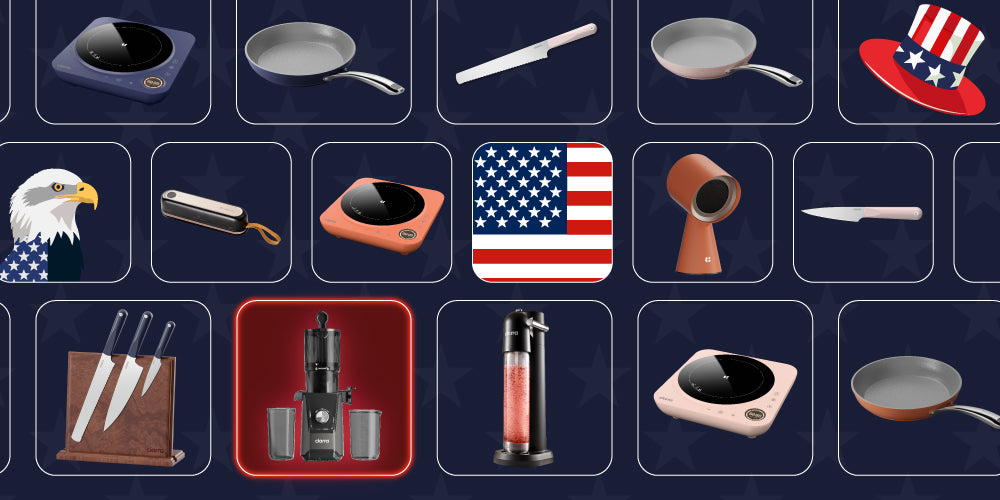
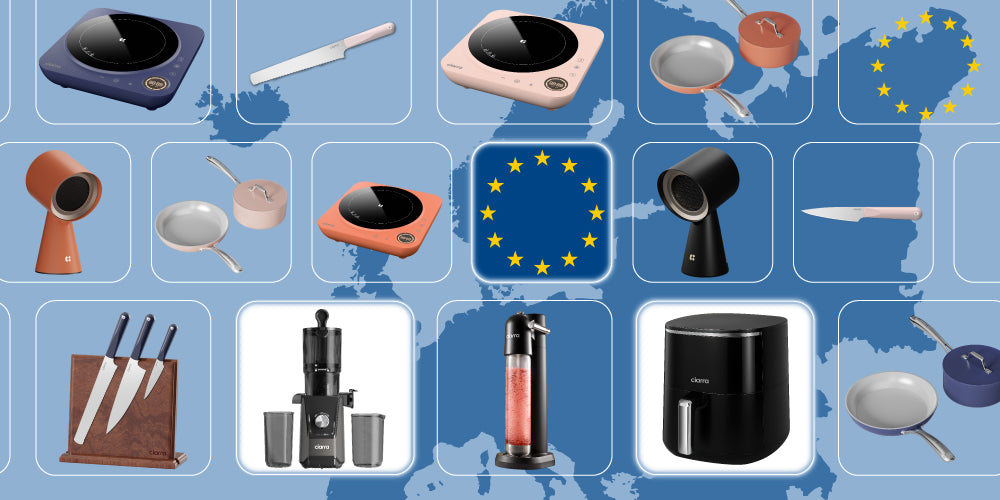

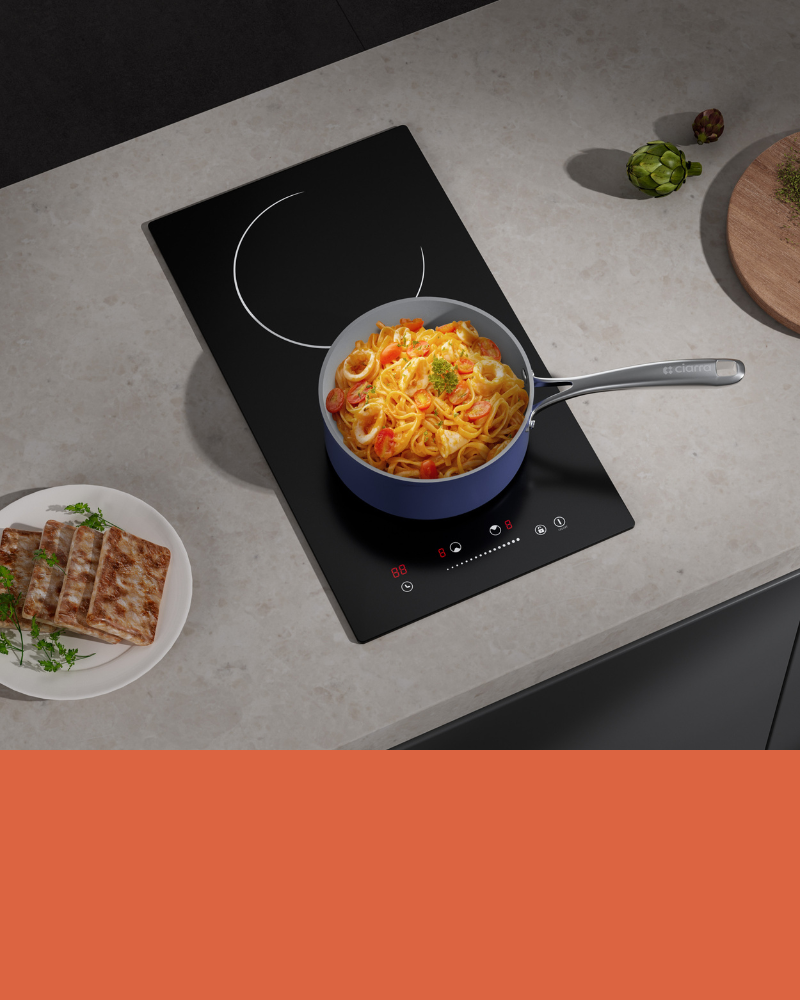


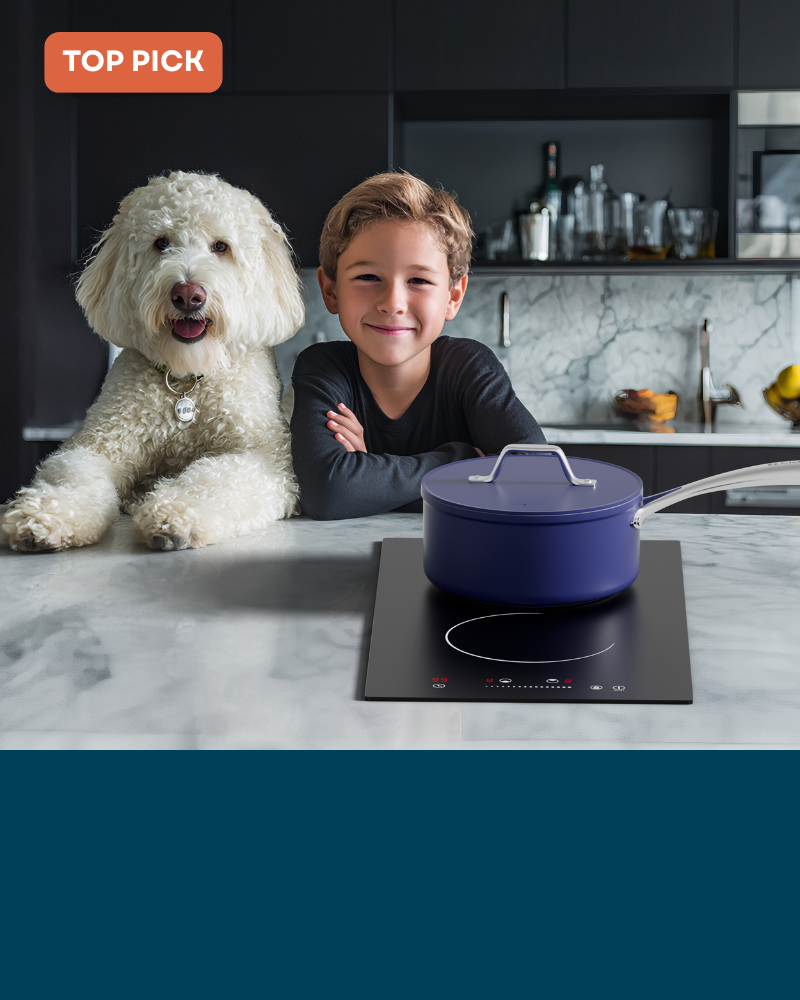
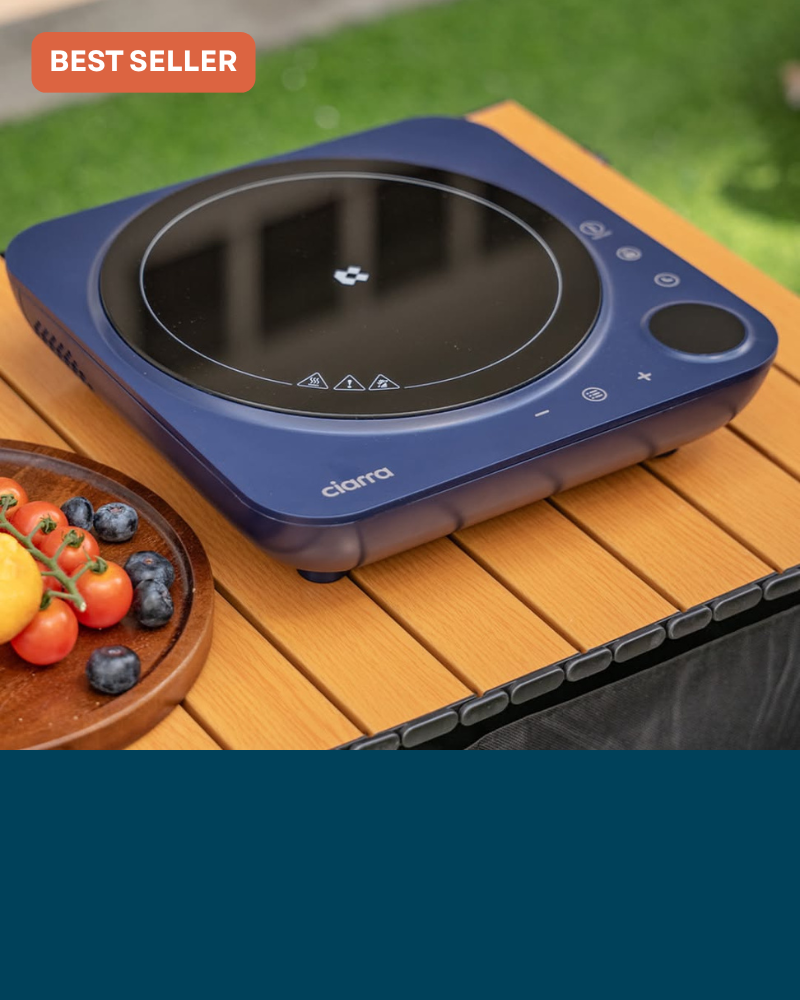
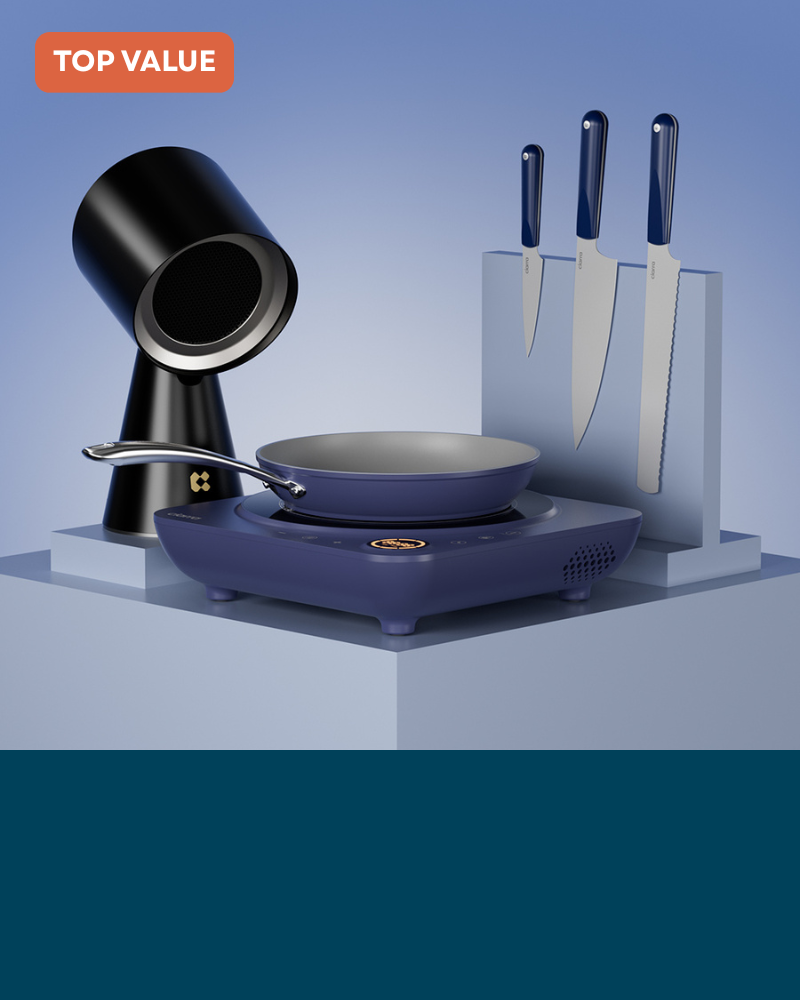
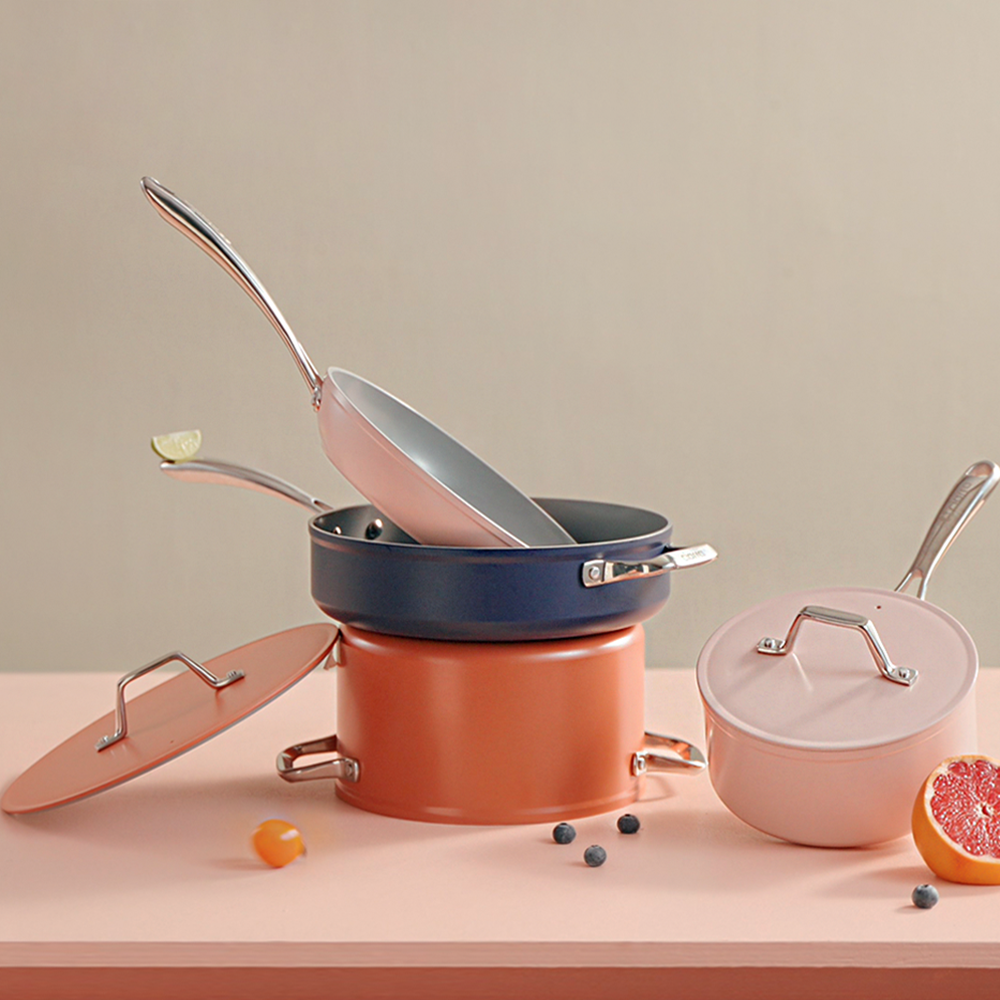
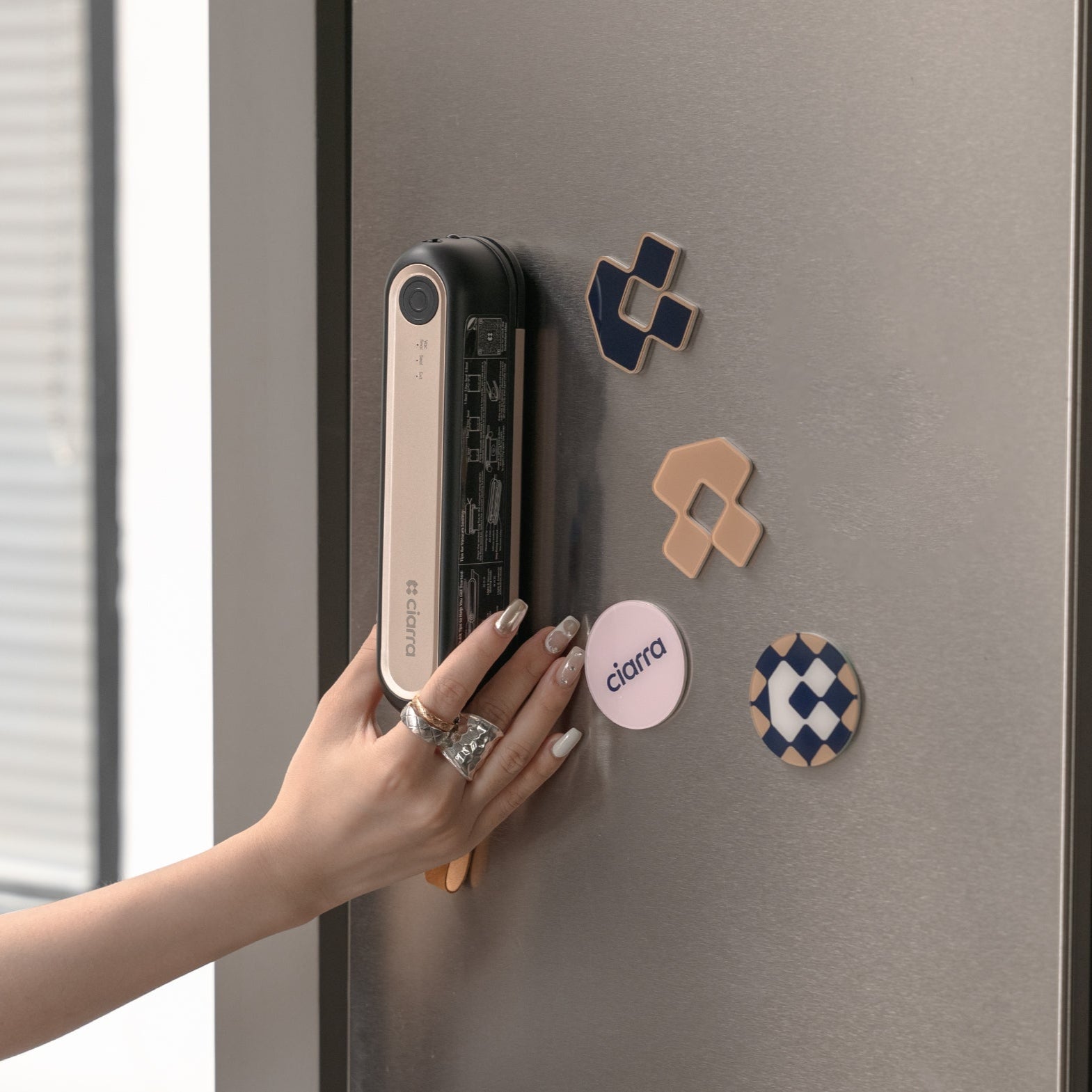
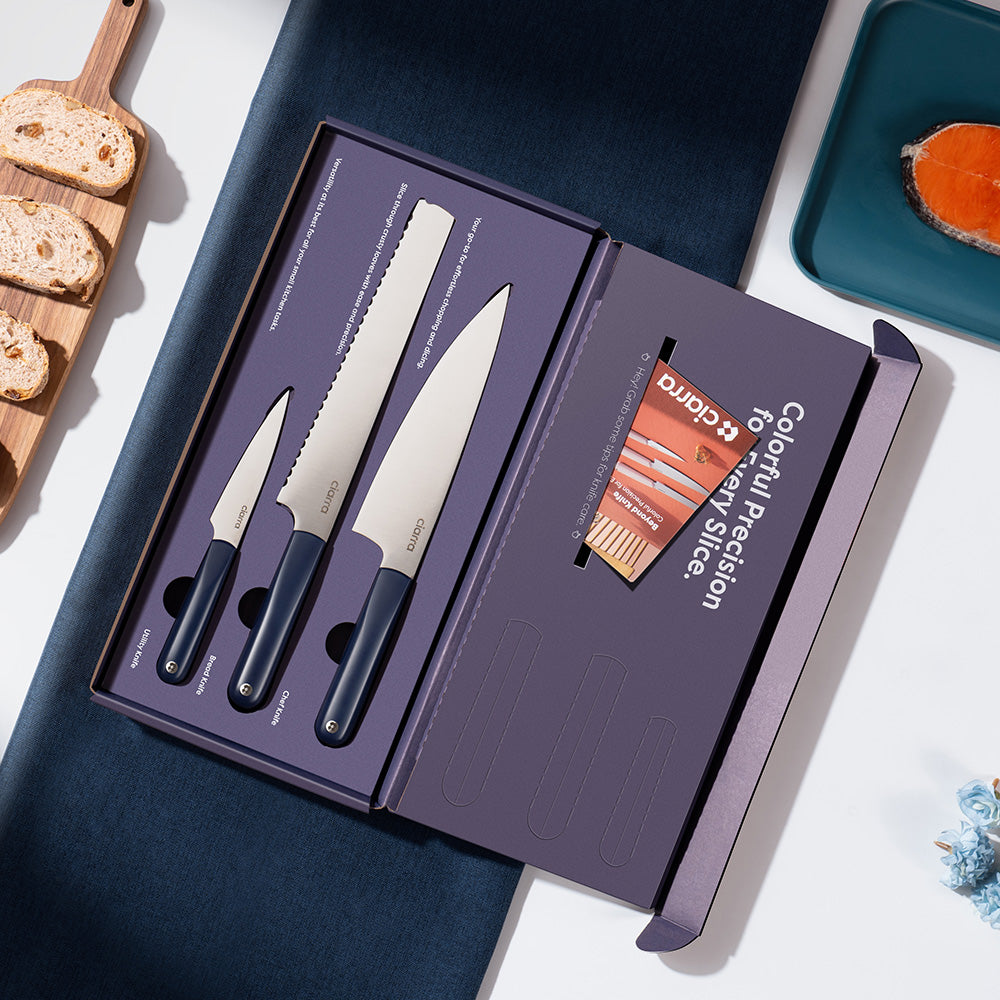


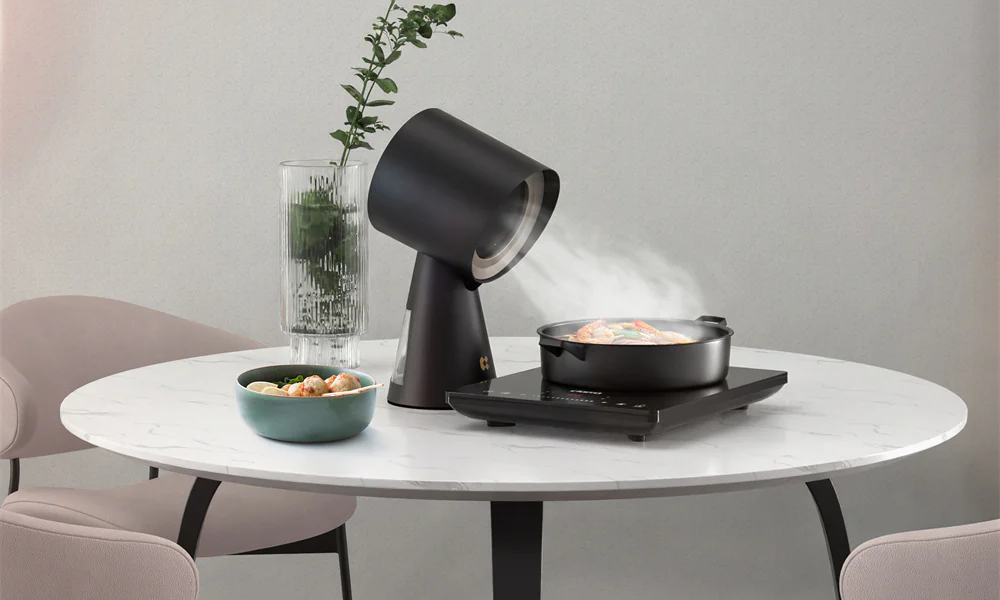
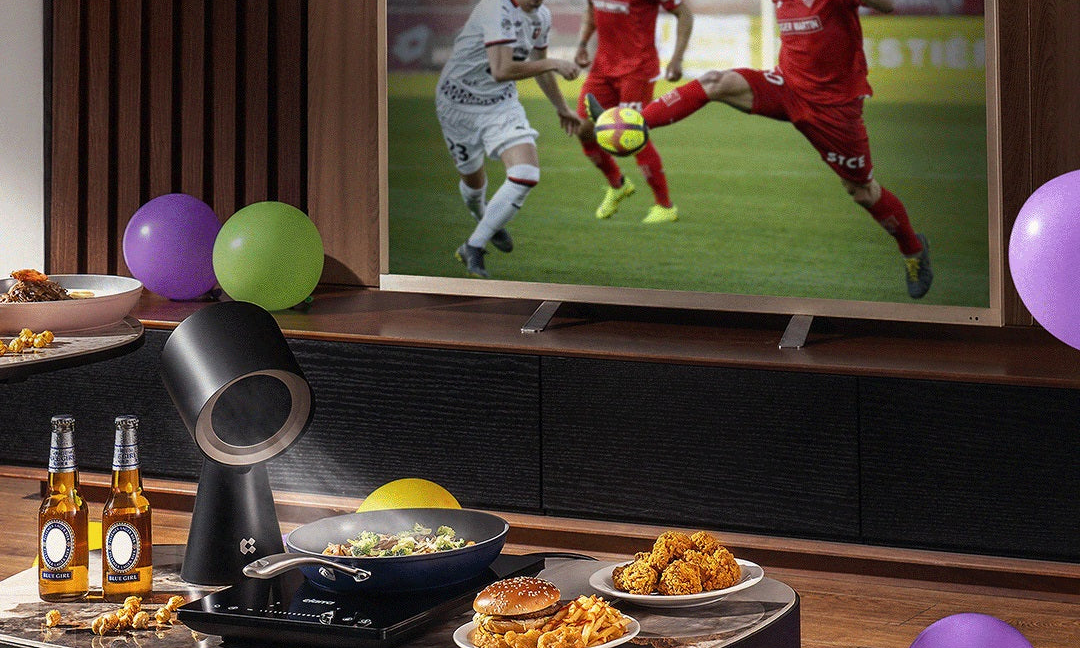
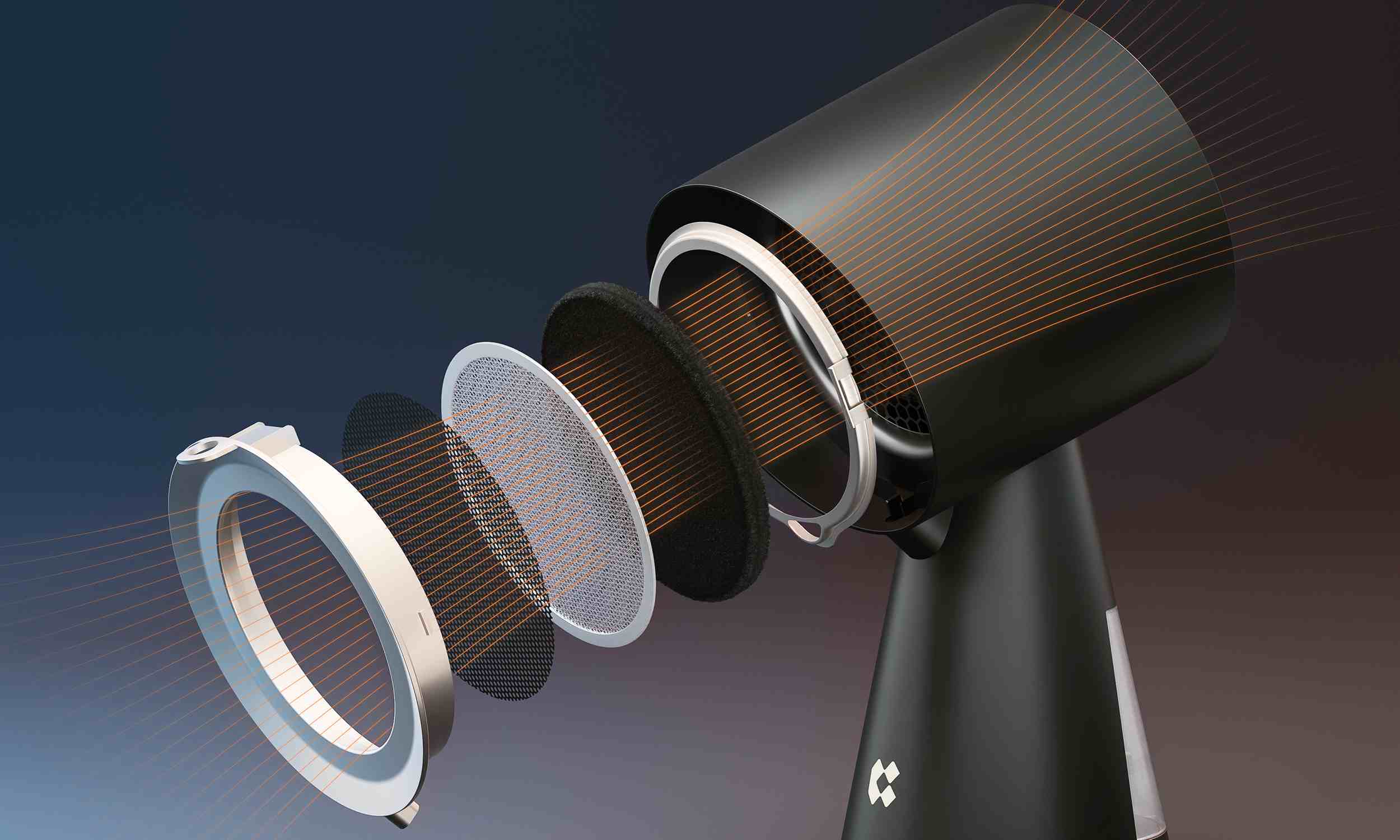
Leave a comment
All comments are moderated before being published.
This site is protected by hCaptcha and the hCaptcha Privacy Policy and Terms of Service apply.